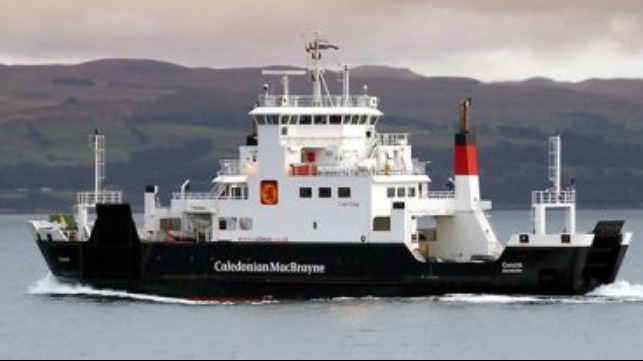Contract Signed to Develop Drive Train for Hydrogen-Powered Ferry

Research toward building Europe’s first sea-going passenger-car ferry powered by hydrogen fuel cells is advancing with the awarding of a contract to develop an integrated drive train suitable for a full-scale vessel. If successful, the third phase of the HySeas project will pave the way for the first seagoing vessel that uses this fuel technology.
The HySeas project started in 2013 looking into the theory of hydrogen-powered vessels, followed by a detailed technical and commercial study to design a hydrogen fuel cell powered vessel. The third and final part of the project, HySeas III, seeks to build on the first two parts by demonstrating that fuel cells may be successfully integrated with a proven marine hybrid electric drive system, which includes electric propulsion, control gear, batteries, and the required systems for propulsion. They will also work with the associated hydrogen storage and bunkering arrangements necessary for an operational vessel. Fuel cells of this type are currently used in road transport and can be found in hundreds of hydrogen-fueled buses across Europe.
The design contract was awarded to AqualisBraemar LOC Group by Caledonian Maritime Assets, one of the partners in the EU-funded HySeas III program, and the operator of ferries in Scotland.
“The contract award represents a significant step forward in establishing a new, innovative vessel concept, and marks an important shift towards entirely emissions-free marine transport,” said John Salton, Fleet Manager and Projects Director at CMAL. “Hydrogen ferries exist, but this concept is built around using hydrogen fuel cells to power a seagoing ship, the first in the UK and Europe. If successful, the next step will be to take the knowledge and know-how into building a ferry.”

that matters most
Get the latest maritime news delivered to your inbox daily.
CMAL and AqualisBraemar will work together on the concept design, which will be built around the requirements of a double-ended sea-going passenger and car ferry, with capacity for 120 passengers and 16 cars or two trucks. It will be designed to operate on the route between Kirkwall and Shapinsay in Orkney, where hydrogen fuel is generated through wind power, although it will be capable of operating at other ports where hydrogen could become available in the future.
The HYSEAS III consortium is comprised of CMAL (Scotland), Kongsberg Gruppen (Norway), Ballard (Denmark), Orkney Isles Council (Scotland), St Andrew University (Scotland), McPhy (France), Arcsilea (England), and Interferry (Sweden).
